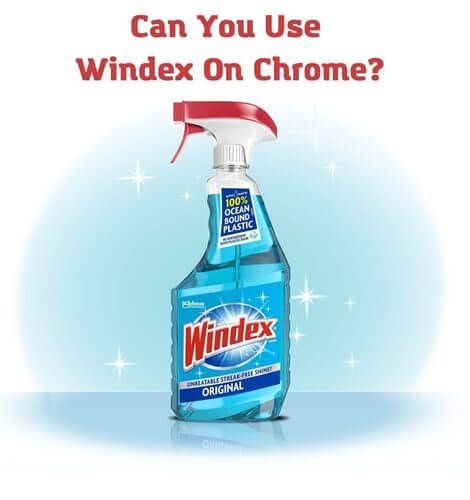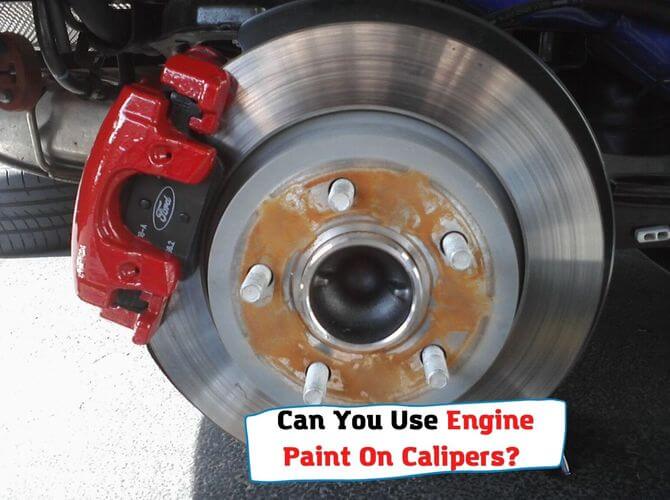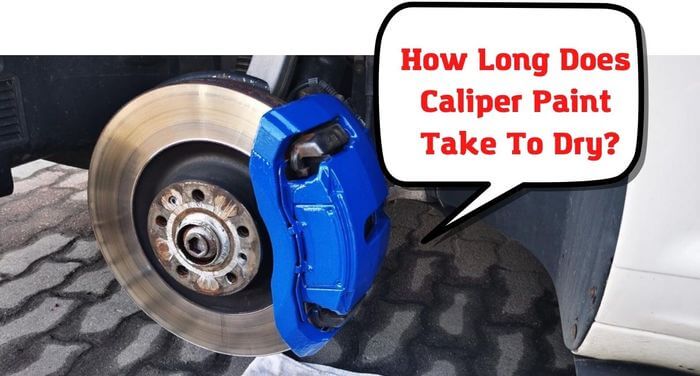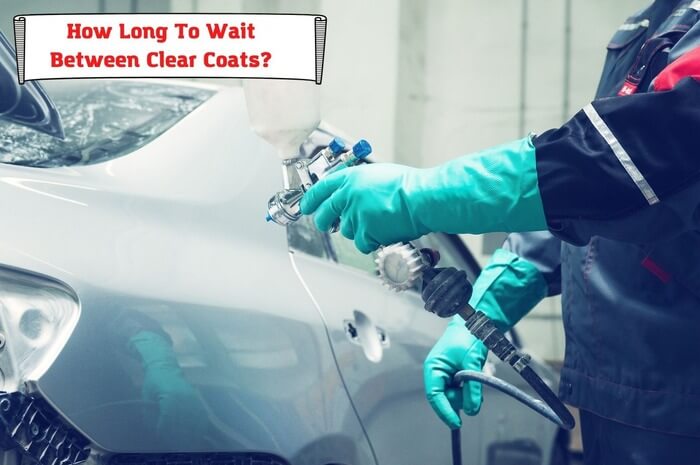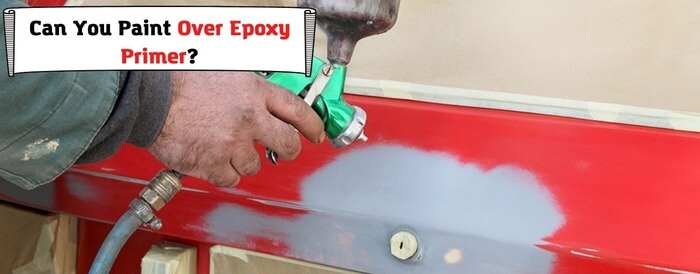
Epoxy primers have become really popular and started competing with original self-etching primers in the car painting industry. One of the questions people often ask about these primers is whether you can paint over them. The question is whether you should use any kind of sealers over epoxy primers or you may just spray some paint, acrylic lacquer, or whatever else you choose for painting your vehicle.
And we can say the following: you can paint over the epoxy primer if the producer says it’s possible. But you will need to read the instruction or even consult with the producer to figure out more details about a special primer you use. Sometimes, epoxy primers made by different producers have various recommendations and application rules.
Here’s what we are going to talk about today:
- epoxy primers and their advantages over other traditional primers;
- things to consider when painting over epoxy primers;
- when it is not recommended to paint over the primers;
- how to prepare your primer for painting;
- what kinds of paint should you use over epoxy primers.
Let’s get started!
Epoxy primers – when should you use them?
Traditional primers aren’t that good in protecting your metal from getting rust and corrosion. Shortly after you cover the metal part with any self-etching primer, rust starts its dirty business under the coats of the primer. You should bear in mind that this will lead to hidden corrosion which means you will notice problems with your car body parts when it is too late to do something.
That’s why experts don’t recommend cars that have been repainted in garages after accidents. A car that was painted in a factory during production was immersed into a special bath filled with expensive primer. This ensured wonderful protection from rust and allowed car manufacturers to give 5 to 7 years of warranty from corrosion.
Epoxy primers are relatively new and they haven’t been used much by manufacturers. But some experts and experienced car paint specialists have started using them. These primers have quite a lot of important advantages:
- they protect bare metal much better than any other primers available on the market;
- they prevent rust and prolong the lifespan of the metal surface you cover with primers;
- two-part primers contain zinc which makes them even more efficient in the prevention of rust;
- primers are fast to dry, they form a solid coating, and are waterproof;
- you can apply the primers easily with not many rules that need to be taken into account.
When it comes to epoxy primers, you will find two types of people. The first type will recommend forgetting about all other primer types. The second type will still use old good self-etching primers and will say that all these new products aren’t worth the money. We are somewhere between – we recommend epoxy primers for those cases when you strongly need them. For example, when you are working on a project car, restoring the old or antique vehicles. But when you want to paint a door in your Chevy Spark, a simple cheap primer will be OK for that.
Paint over epoxy primer – why not?
We’ve investigated what specialists say on niche forums about painting right over epoxy primers and we’ve found many thoughts and guesses. One person recommends using another sealer over epoxy, another guy says it’s OK to paint over the primer, then some people say you will have to go through a big cycle of preparation. Why is it so complicated?
Here are the reasons:
- Epoxy primer cures really fast, but you will still have to wait at least 24 hours (better up to 5 days) before painting. Otherwise, your paint may not stick well to the car body.
- The primer cures completely after 7 days, and this is the point where you should paint right over it. If you have waited that long, better apply another sealer – just any other primer will be OK.
- If you see any defects and problems after you applied epoxy primer, painting over it will be a big mistake. Paint will not even try to fix that.
- Epoxy primers are really hard when they cure completely. Sanding them will be a challenge. But you shouldn’t start sanding before 2 or 3 days after you applied the primer.
- Some types of paint won’t be good to coat right on the primer. But unfortunately, we can’t make a list of those paint types. It all depends on the producers’ requirements and instructions.
What’s more, epoxy primers are now made by dozens of companies all over the world. It means you will find different chemical components in those primers and different requirements.
Our golden tip: always read what the producer says about the product in instruction. Once you do that, you know whether you can or can’t paint over the primer and whether you should take any other measures before.
Unobvious ways to use epoxy primers
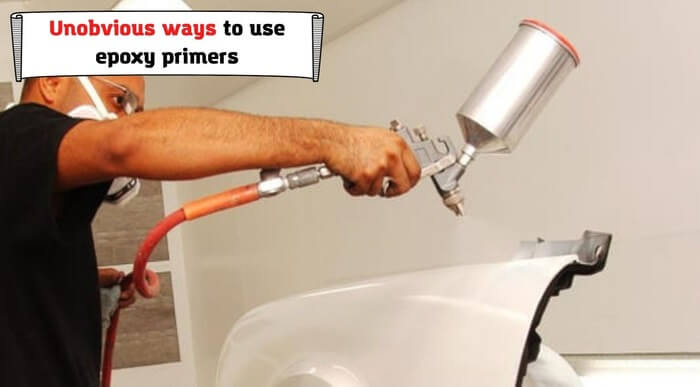
Here, we decided to add some situations where epoxy primers can help you do the job wisely. And here’s what we’ve found:
- Working on a long-term project. You may cover the bare metal of your project car with epoxy to avoid any rust damages while you are searching for parts or for a decent paint option.
- Temporary protection for your car body. Sometimes it happens that you don’t have a chance to have your car painted after a small accident. Just clean the spot and cover it with epoxy to avoid rust issues.
- Epoxy as a final sealer before painting. This is another way big car shops use this primer type. They just put one or two coats of epoxy to seal the metal when it’s ready for painting.
- Sealing the area with some filler. If you used a filler to make the metal part smooth enough, just apply some epoxy over it. Otherwise, a simple primer will let the corrosion develop quite fast.
Some rules of painting over epoxy primers
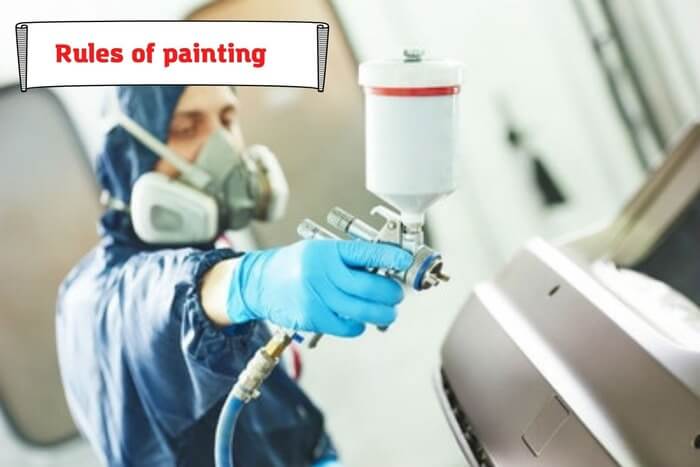
The first and the most important rule is that everything should be done in accordance with the requirements. Just grab the can with your epoxy and read the rules of application. Remember that different producers will set different requirements for their primers.
Then, the second important rule: you have to wait until it cures, but not too long. Painting over a poorly cured epoxy will require sanding your paint off in the future and doing the job again. Painting over a fully hardened epoxy after 7 days or more will require the same – the paint won’t stick well.
The third rule – be careful with paint choice. If you used epoxy paint, you shouldn’t make any other coats. There is no adhesion, so you will need to abrade the paint before applying anything over it. If it’s the epoxy primer, no abrading is needed.
And finally, the fourth rule: use proper instruments. While primers may go in spray cans, the paint should only be sprayed with a special paint gun. If you use paint in spray cans, you will never paint your vehicle with good results.
What paint will stick to epoxy?
It’s hard to say in general – each producer will probably have a special list of paint types you can apply over epoxy primer. It’s dangerous to name any special kinds of paint here because you may use them and get bad results. Then you will blame us, and we don’t want this.
So here we’ll only say that you have to read carefully what the producer says in its instructions about the paint types. If you don’t have this information, simply go to the producer’s website and contact the support. Usually, they answer quickly and really help with paint choice.
What to use instead of epoxy primer?
You can use two-part self-etching primers that go with a sealer or zinc to protect the metal parts from corrosion. Also, you may use a simple etching primer and then apply additionally a sealer. Another option is to go for any packaged product of a certain producer. We mean, the products that have both a primer and paint in them.
But you should avoid painting on bare metal or on cheap primer without any sealer. You will also need to sand all primers before applying paint. The primers should look good as the paint won’t repair any problems and uneven spots.
Final words
As you see, epoxy primers are really good in terms of protecting your metal parts from corrosion and rust. They are more complicated to apply because they need a few days to cure and then they are really hard to sand. But the efforts you invest in the job are worth the result. You will seal the metal very efficiently and will avoid any rust issues in the nearest 7 or 10 years.
Epoxy primers are now available by many manufacturers but you will need to read the instructions carefully. The rules and requirements may differ from one brand to another. And without looking at those requirements you are likely to waste your time and money.
- Can You Unmix Paint: Techniques, Consequences, Alternatives - February 23, 2024
- Does Primer Need to be Mixed? Effective Primer Application - February 22, 2024
- How to Make Old Paint Usable Again: Retrieving and Preserving Paint - February 21, 2024
